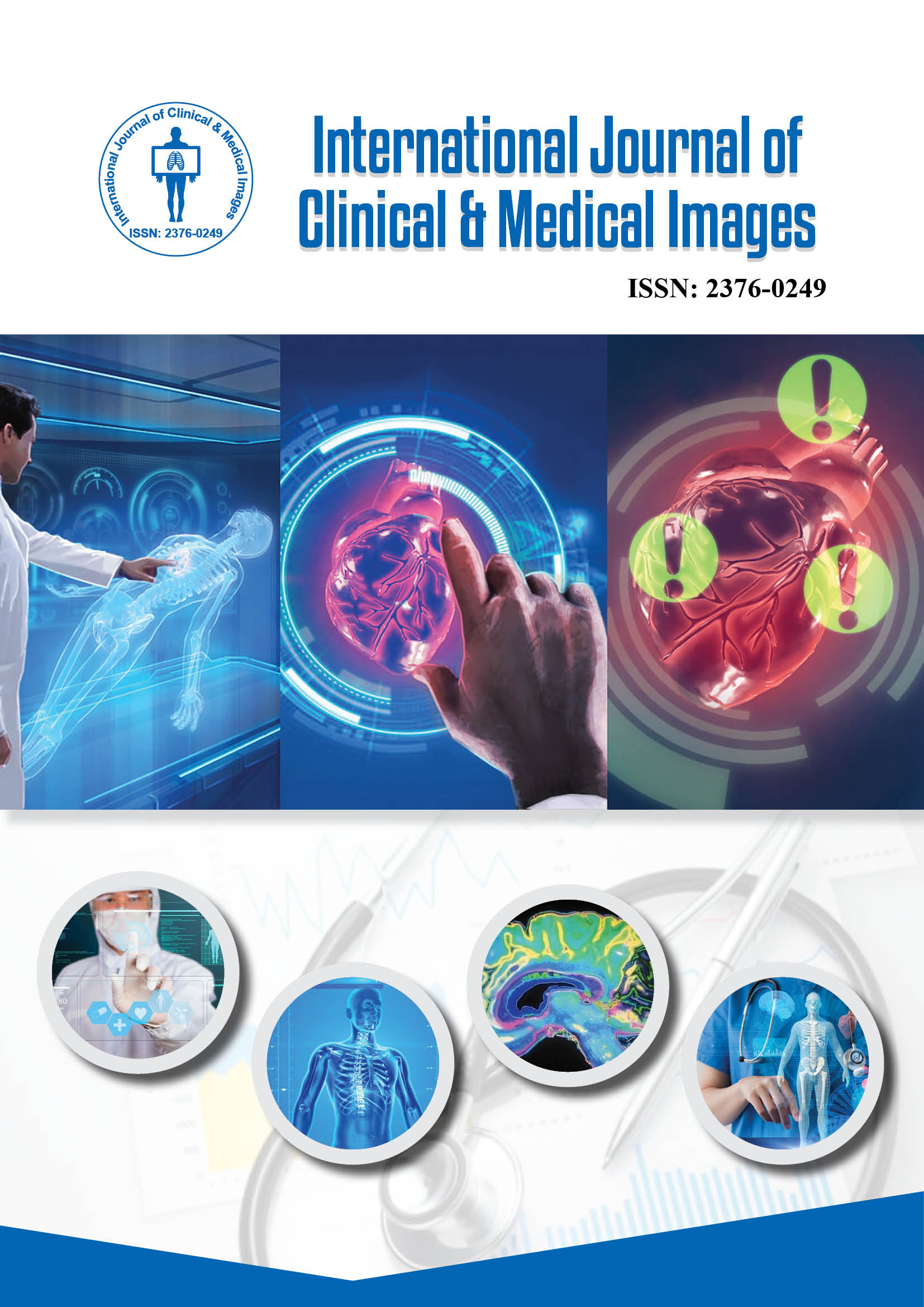2376-0249
Clinical-Medical Image - International Journal of Clinical & Medical Images (2024) Volume 11, Issue 8
Author(s): Jeremy A. Lenz*
Department of Brain and Cognitive Sciences, Massachusetts Institute of Technology, Cambridge MA, USA
Received: 01 August, 2024, Manuscript No. ijcmi-24-151595; Editor assigned: 03 August, 2024, Pre QC No. P-151595; Reviewed: 17 August, 2024, QC No. Q-151595; Revised: 22 August, 2024, Manuscript No. R-151595; Published: 30 August, 2024, DOI: 10.4172/ 2376-0249.1000972
Citation: Lenz JA. (2024) Advancements in Neuroimaging: Unraveling the Mysteries of the Human Brain. Int J Clin Med Imaging 11: 972.
Copyright: © 2024 Lenz JA. This is an open-access article distributed under the terms of the Creative Commons Attribution License, which permits unrestricted use, distribution and reproduction in any medium, provided the original author and source are credited.
Advancements in neuroimaging are significantly enhancing our understanding of the human brain, providing unprecedented insights into its structure, function, and pathology. Techniques such as functional Magnetic Resonance Imaging (fMRI), Diffusion Tensor Imaging (DTI), and Positron Emission Tomography (PET) are at the forefront of this revolution, allowing researchers and clinicians to visualize brain activity and connectivity in real time. FMRI, in particular, has transformed the study of brain function by detecting changes in blood flow associated with neural activity. This capability has enabled the exploration of cognitive processes, emotional responses, and even the effects of various interventions on brain function. DTI, on the other hand, maps white matter tracts, shedding light on how different brain regions communicate and revealing alterations associated with neurological disorders [1].
Moreover, the integration of artificial intelligence and machine learning with neuroimaging is paving the way for more sophisticated analyses and interpretations of complex brain data. These technologies can identify patterns that might be overlooked by traditional methods, aiding in early diagnosis and the development of personalized treatment plans for conditions like Alzheimer’s disease, schizophrenia, and traumatic brain injury. As neuroimaging continues to evolve, it promises to unravel further mysteries of the brain, enhancing our understanding of its intricate workings and leading to innovative therapeutic approaches. The potential for these advancements to improve clinical outcomes and inform preventative strategies is vast, marking a new era in neuroscience and mental health care [2].
Brain function; Therapeutic approaches; Schizophrenia
None.
None.
[1] Dutta T and Bandyopadhyay A (2024). Unsolved mysteries of the mind and the brain: Fractal brain hypothesis. In Emotion, Cognition and Silent Communication: Unsolved Mysteries Singapore: Springer Nature Singapore: 1-40.
Google Scholar, Crossref, Indexed at
[2] Abraham M, Mundorf A, Brodmann K and Freund N (2022). Unraveling the mystery of white matter in depression: A translational perspective on recent advances. Brain Behav 12(7): e2629.
 Awards Nomination
Awards Nomination

